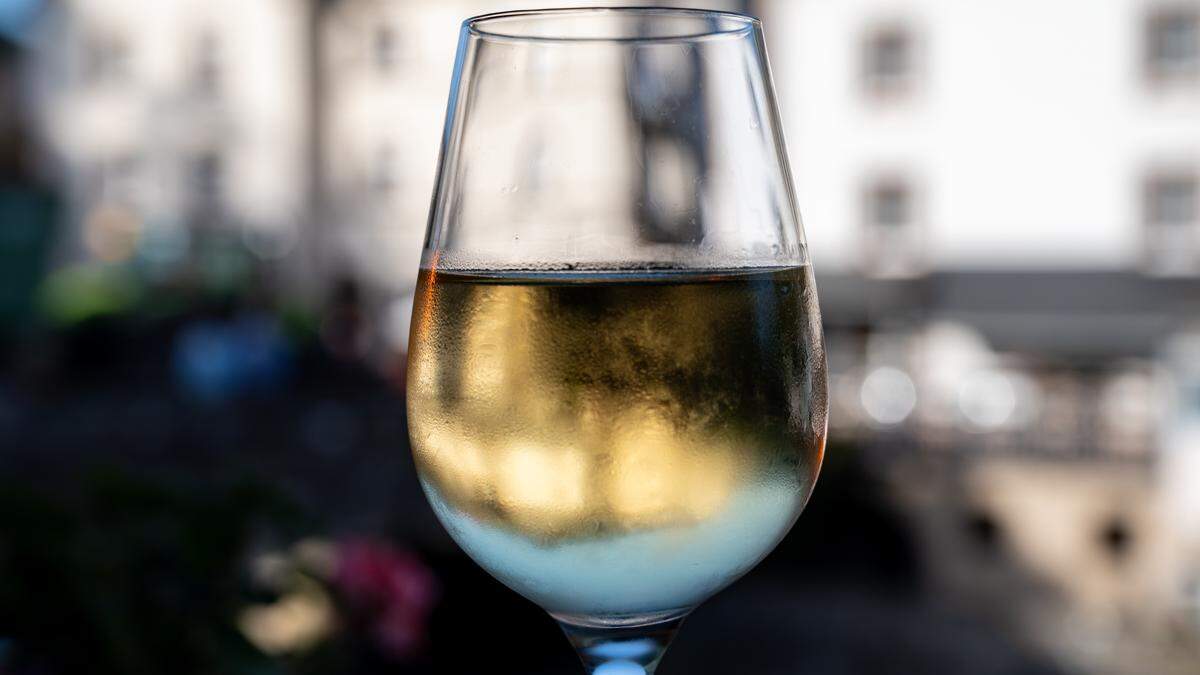Over the years, I have had the pleasure of tasting some of the world’s finest wines. A La Tâche, a Pingus, a Pétrus or a Haut-Brion can taste divine, as can a superb Bolgheri or an exceptional red from the Douro region.
Fortunately, though, I haven’t lost my taste for simple, authentic, unpretentious wines. It’s strange how easy it is to forget how delicious local wine can be when enjoyed with loved ones who also appreciate good wine.
Ideal as an aperitif, but not only!
That’s why, in this episode, I would like to champion Elbling, the simplest and most unassuming of wines, which is often overlooked.
It is often associated with an acidic wine that is not very aromatic and is light and bland. This may be true of an Elbling produced without passion or respect, but if made with care and attention, it can be very appealing. However, if we disregard the high demands for complexity, smoothness, length and aromatic diversity, this variety can be delicious. It is especially good as a fresh aperitif, a thirst-quenching drink or a dry, mineral accompaniment to seafood, particularly oysters. This lends it a certain nobility.
The typical aromas of Elbling are pineapple, apple, almond, pear, citrus, mint and grass. Sometimes the fruity aromas predominate; sometimes the mineral aromas. © Photo credit: Wine Institute / Wine Solidarity Fund
However, the Elbling grape variety has been in decline for decades. In 1975, it accounted for over 26% of the total cultivated area along the Luxembourg Moselle. By 2000, this figure had fallen to 12%, and by 2023, the variety accounted for just 4.5% — roughly the same proportion as Chardonnay, a variety that has only been cultivated in the Luxembourg Moselle region since 2004.
This decline can be attributed to the shift in focus among Luxembourg’s winegrowers towards producing quality wines and, consequently, noble grape varieties. This quest for quality began in the 1980s, and today noble varieties such as Pinot Noir dominate the wine-growing landscape. In 1975, Pinot Noir accounted for only 0.1% of the total area, whereas today it accounts for a tenth.
The Romans were already growing this variety in our region
However, Elbling still has its place, even though some so-called ‘PIWI’ varieties (new interspecific hybrids such as Cabernet Blanc and Sauvignac, which are even more disease-resistant than the already robust Elbling) offer interesting alternatives in terms of winemaking and taste. This is particularly true of varieties suitable for blending crémant cuvées.
Historically, it is a sparkling wine grape variety. Its neutral aroma, which tastes mainly of apples and citrus fruits, and its pronounced acidity make it particularly well-suited to producing crémant or sparkling wine. Before the First World War, Elbling was a highly prized export product, with German sparkling wine producers sourcing much of their Elbling from the Luxembourg Moselle region.
It is one of the oldest grape varieties in Europe. Its history dates back to Roman times, when the Romans cultivated vines along the Moselle and in other parts of Europe. The name Elbling probably comes from the Latin albus, meaning ‘white’, and refers to the rather light colour of the grapes (there is also a red variety). In the Middle Ages, it was one of the most widely cultivated grapes in Europe. It was used for both table wine and sacramental wine.
Gentle pressing by foot treading
Despite the small area under cultivation, most Luxembourg winegrowers still produce it as a still wine, sometimes only in traditional one-litre bottles. However, some winegrowers also pay tribute to this variety, treating it like any other in their range. One such winegrower is Laurent Kox from the L&R Kox estate in Remich. He has been interested in Elbling for many years and, like some of his colleagues, harvests the grapes quite late — sometimes just before the Riesling harvest — to allow them to develop intense aromas.
At the L&R Kox winery in Remich, the Elbling grapes are trodden by foot after harvesting to ensure a gentler pressing process © Photo credit: Domaine L&R Kox
Kox has even named his Elbling ‘Räifrensch’, as it was once known in Luxembourg. This name originates from the variety’s Rhine and Franconian roots. At Domaine L&R Kox, Elbling vinification is taken to the extreme: after harvesting, the grapes are crushed by foot to ensure gentler pressing and prevent overly pronounced tannic aromas. After maceration for around 12 hours, the aromas from the grape skins are transferred to the juice. The result is a fruity wine with typical acidity and nutty, earthy aromas. In the best years, a ‘Räifrensch’ can reach a level of fullness that is truly exceptional.
I can’t wait to taste my next Elbling! Unfortunately, this grape variety is rarely offered in restaurants and pubs nowadays!
